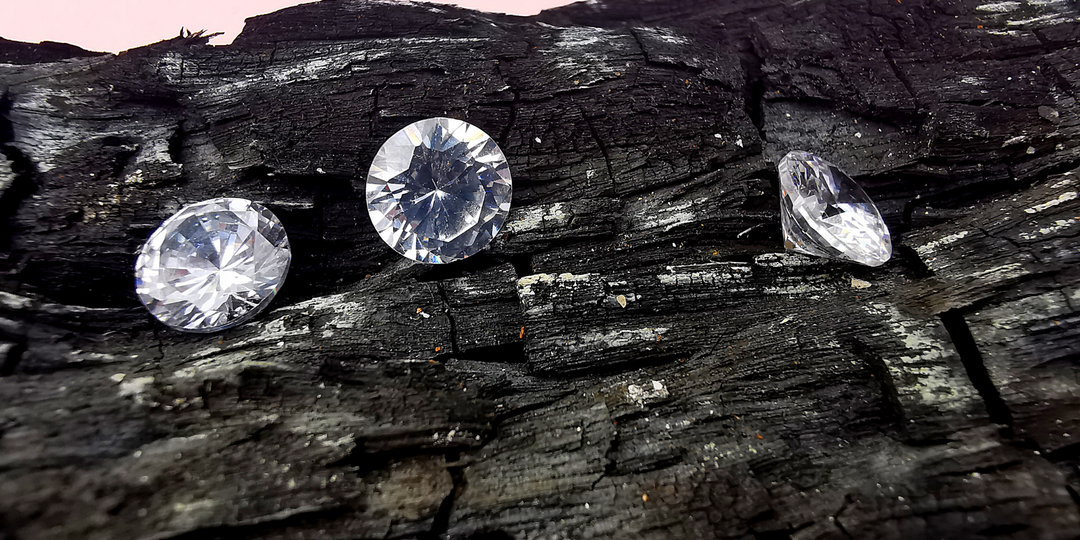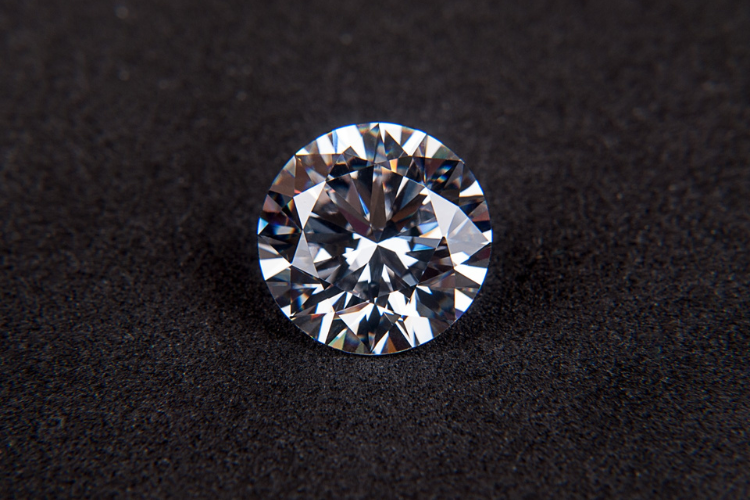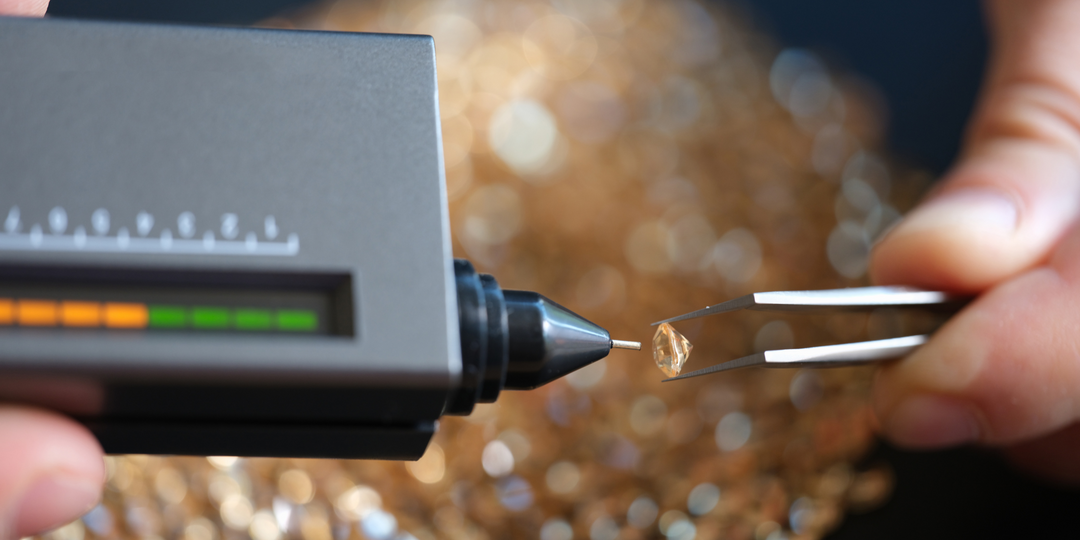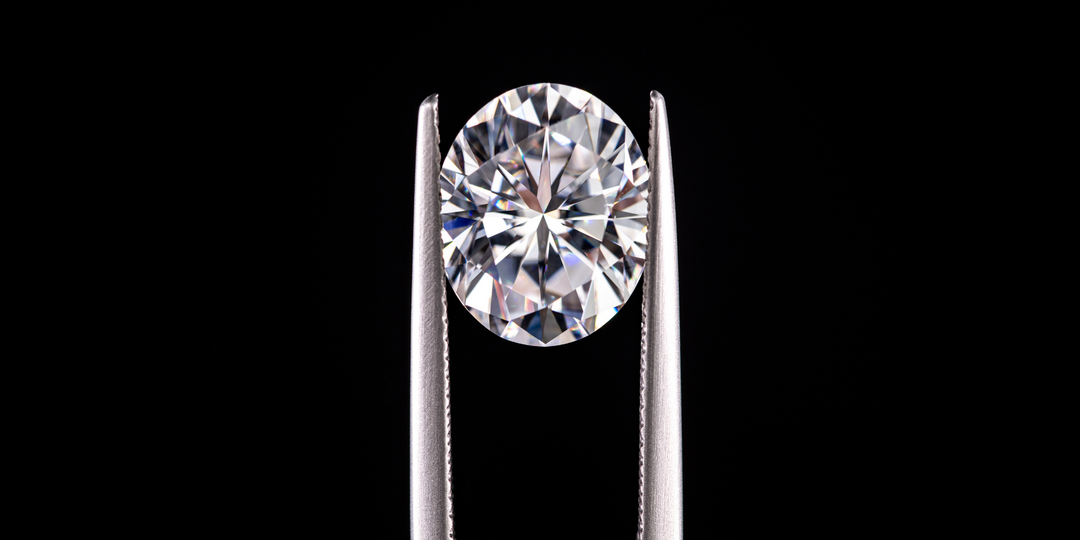What is Diamond Fire? Understanding Light Performance in Diamonds
When you think of a diamond, what comes to mind? For most people, it’s the sparkle. That dazzling display of light bouncing off its surface is what makes diamonds so mesmerizing. But did you know that not all sparkles are created equal? There’s more to a diamond’s shine than meets the eye, and one of the most captivating aspects is something called diamond fire. Let’s dive into what this term means, why it matters, and how it contributes to the overall beauty of a diamond.
What is Diamond Fire?
Imagine holding a diamond under a bright light and seeing flashes of vivid colors reds, blues, greens, and yellows dancing across its surface. That’s diamond fire. In simple terms, fire refers to the colorful flashes of light that emerge when white light passes through the diamond and breaks apart into different hues. Think of it like sunlight passing through a prism and creating a rainbow. The same principle applies here, but instead of a prism, the diamond itself acts as the medium for this magical effect.
Fire isn’t just about making a diamond look pretty; it’s an essential part of what gives a diamond its unique personality. Some stones have more fire than others, and understanding why requires a closer look at how diamonds interact with light.
How Does Diamond Fire Occur?
To understand diamond fire, we need to explore the science behind it. When light strikes a diamond, a few things happen. Some of the light reflects off the surface, creating an instant sparkle. But the real magic happens when light enters the diamond.
Once inside, the light bends due to the diamond’s high refractive index, much like how a prism splits light into different colors. Each color corresponds to a specific wavelength, and as these wavelengths spread out upon exiting the diamond, they create a dazzling display of colorful flashes known as fire.

The cut of a diamond plays a crucial role in how much fire it exhibits. If the facets are too shallow or too deep, the light won’t refract properly, reducing the fire. However, a well-cut diamond allows light to bounce around internally before exiting in a way that enhances and maximizes its fiery brilliance.
The Impact of Cut on Diamond Fire
If there’s one key takeaway from this, it’s that cut is king when it comes to diamond fire. While factors like color, clarity, and carat weight often steal the spotlight, it’s the cut that truly determines how much fire a diamond will display.
A diamond’s cut is all about precision which includes its angles, facet symmetry, and surface polish all work together to influence how light interacts with the stone. For instance, a round brilliant cut is specifically designed to optimize light performance, including fire. With 57 or 58 carefully arranged facets, it enhances dispersion which is the process of splitting white light into its vibrant colors.
On the other side, poorly cut diamonds can lose light through the bottom or sides, reducing their ability to produce fire. Even if a diamond has excellent color and clarity, a subpar cut can make it appear dull and lifeless. This is why jewelers and gemologists emphasize the importance of choosing a diamond with an ideal or excellent cut grade.
How Diamond Fire Differs from Brilliance and Scintillation?
Now that we’ve covered what fire is, let’s compare it to two other key aspects of a diamond’s appearance: brilliance and scintillation. These three terms are often used interchangeably, but they refer to distinct qualities.
Fire Vs. Brilliance: White Light Reflection Vs. Rainbow Dispersion
Brilliance is all about the white light that reflects off a diamond’s surface and returns to your eyes. It’s the bright, intense glow that makes a diamond stand out. Fire, on the other hand, is about the colorful flashes that occur when white light splits into its component colors. While brilliance provides the foundation of a diamond’s sparkle, fire adds depth and vibrancy.
Think of brilliance as the sun shining on a calm lake, while fire is like the shimmering colors you see when sunlight hits a soap bubble. Both are beautiful, but they serve different purposes in creating the overall visual impact.
Fire Vs. Scintillation: Movement Based Sparkle Vs. Colorful Flashes
Scintillation refers to the flashes of light you see when a diamond moves. It’s the dynamic sparkle that catches your eye as the stone shifts in the light. Fire, by contrast, is more static. It doesn’t rely on movement to be visible; instead, it appears as colorful bursts when the diamond is exposed to bright light.
To illustrate the difference, imagine walking into a room with a chandelier overhead. As you move, the diamond on your finger might flash white and colorful sparks that’s scintillation. But if you hold your hand still under the light, you’ll notice the steady, rainbow-like flashes of fire.
What Factors Affect Diamond Fire?
Several factors influence how much fire a diamond exhibits. Let’s explore each one in detail.
Cut Quality: The Most Important Factor for Strong Fire
As mentioned earlier, the cut is the single most important factor affecting fire. A well-proportioned diamond allows light to enter and exit at optimal angles, maximizing dispersion. Conversely, a poorly cut diamond may leak light, resulting in weak or nonexistent fire.
For example, a shallow cut can cause light to escape through the bottom of the diamond, while a deep cut can trap light inside without allowing it to reflect. Neither scenario is ideal for producing fire.
Lighting Conditions: How Natural and Artificial Lighting Impact Fire Visibility
The environment in which you view a diamond also plays a significant role in how much fire you see. Natural sunlight contains a full spectrum of colors, making it perfect for showcasing a diamond’s fire. Artificial lighting, especially fluorescent lights, tends to lack the same range of wavelengths, which can make fire less noticeable.
Candlelight is another great source for observing fire because it mimics the warm tones of sunlight. If you’re shopping for a diamond, try viewing it under different lighting conditions to get a sense of how its fire performs.
Diamond Color and Clarity: Do These Characteristics Affect Fire?
While cut is the primary driver of fire, color and clarity can have subtle effects. A diamond with a higher color grade (closer to colorless) allows more light to pass through unobstructed, potentially enhancing fire. Similarly, a diamond with fewer inclusions (higher clarity) ensures that light travels smoothly within the stone without being blocked or scattered.
However, these factors are secondary to cutting. Even a slightly tinted or included diamond can display impressive fire if it’s well-cut.
Fluorescence: How It Interacts with Fire in Different Lighting
Fluorescence refers to a diamond’s tendency to emit a soft glow under ultraviolet (UV) light. While fluorescence doesn’t directly affect fire, it can influence how a diamond looks in certain lighting. For instance, a diamond with strong fluorescence might appear hazy in direct sunlight, which could reduce the visibility of fire. In low-light settings, however, fluorescence can add a unique dimension to the stone’s appearance.
How to Choose a Diamond with Excellent Fire?
If you’re in the market for a diamond and want one with exceptional fire, here are some tips to keep in mind:
-
Prioritize Cut over Other Factors: Look for diamonds with an “Excellent” or “Ideal” cut grade. This ensures that the facets are precisely aligned to maximize light performance.
-
Inspect Under Multiple Light Sources: Don’t settle for viewing a diamond under just one type of lighting. Test it in natural sunlight, indoor lighting, and even candlelight to see how its fire changes.
-
Consider Shape: Certain shapes, like round brilliants and princess cuts, are known for their superior fire. Fancy shapes, such as emeralds or asscher cuts, may have less fire due to their step-cut designs.
-
Balance the 4 Cs: While cut is critical, don’t ignore color and clarity entirely. Aim for a balance that fits your budget while ensuring the diamond has good overall quality.
-
Settings Matter: The way a diamond is set in jewelry can also impact its fire. Avoid overly heavy or dark settings that might block light from entering the stone.
Conclusion
Diamond fire is one of the most enchanting aspects of these precious gems. It’s the colorful dance of light that turns a simple stone into a breathtaking masterpiece. By understanding how fire occurs, what affects it, and how to choose a diamond that showcases it, you can make a more informed decision when purchasing or admiring these timeless treasures.
Whether you’re drawn to the fiery flashes of a round brilliant or the subtle elegance of a step-cut diamond, remember that fire is just one piece of the puzzle. Combine it with brilliance and scintillation, and you’ll have a diamond that truly shines in every possible way.




